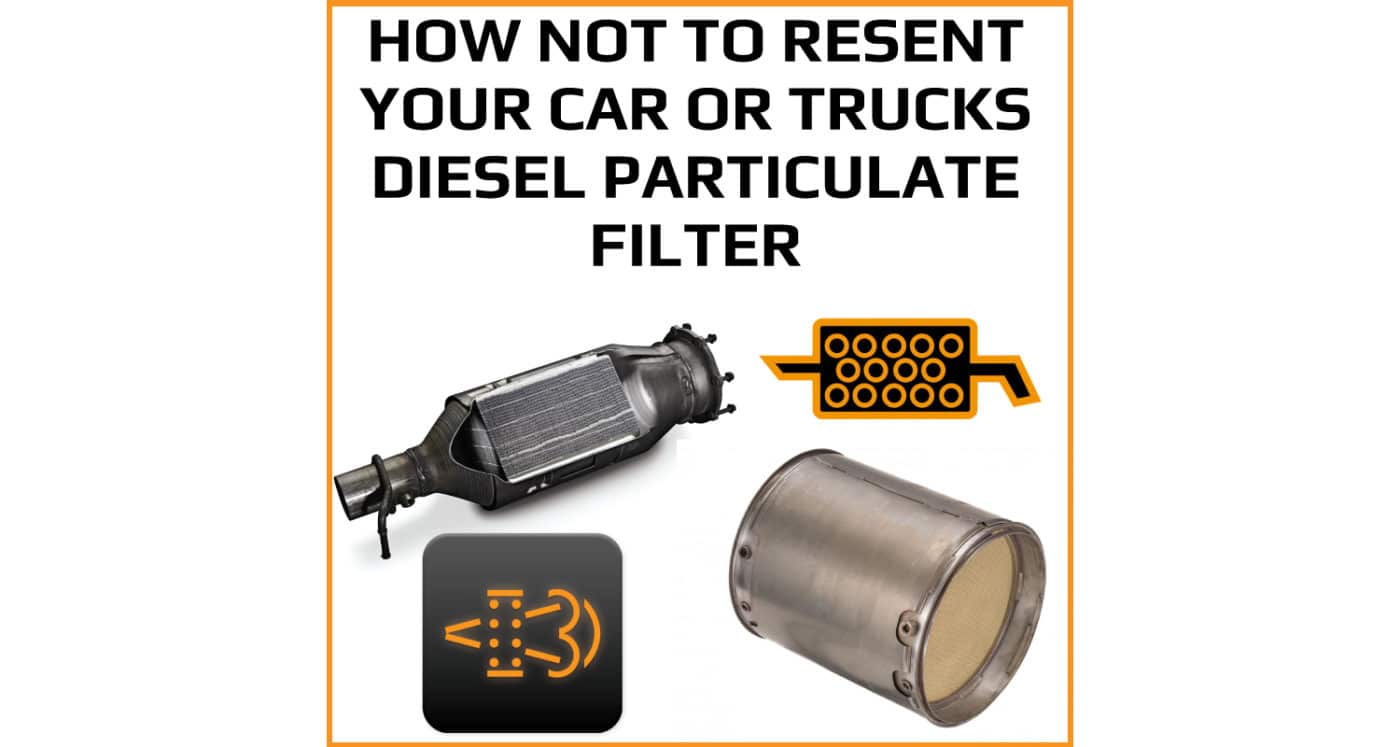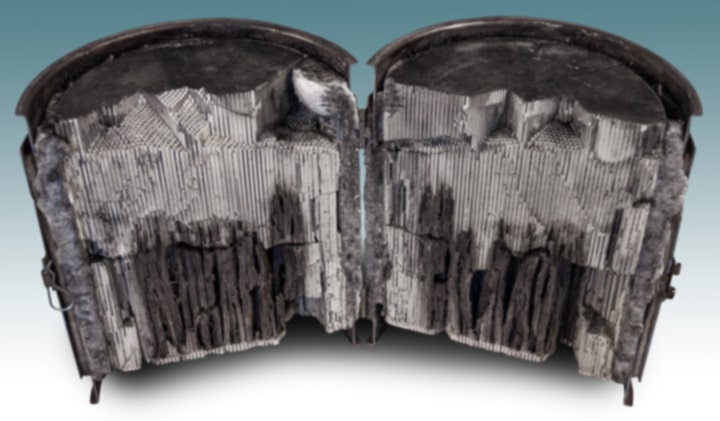How to Get the Best DPF Filter Cleaning
We all know by now that the mandated 2007 and 2010 emissions standard rules radically changed on-highway diesel-powered trucks and tractors. DPF filter cleaning to reduce emissions to satisfy mandated level of soot and NOx, engines needed to add technology to meet the new standards.
As a result, the infamous diesel particulate filter (DPF) came into being in 2007, and diesel exhaust fluid (DEF) was introduced in 2010 into the exhaust stream to reduce particulates and NOx. While this change was a benefit to the environment, the introduction of both brought tales of woe from truck owners regarding the very high added expense of, maintenance, and failures.
The DPF’s Job
The sole intention of the DPF is to catch and retain particulates, or “soot” in layman’s language. The DPF requires periodic soot removal cycles, termed “regeneration” or “regen” for short. These regens burn the accumulated soot out of the DPF at extremely high temperatures. Most of these “passive” regens occur almost unnoticed at highway speeds.
While the filter burns off soot at speed, soot will accumulate during idling or slow traffic. Trucks that don’t accumulate a lot of mileage, those in extended idle periods such as stop-and-go duty cycles in urban environments, or stationary power take off (PTO) applications may require the driver to commence an active, or manual regen, that can be avoided with a dpf filter cleaning
Regens are generally accomplished by activating a switch on the dash of the truck. An active regen takes approximately 20 minutes, depending upon how clogged the DPF is. When a regen is commenced manually, the vehicle should be parked and away from buildings, brush, people, and animals.
This should be the only maintenance necessary on the DPF system in the first 100,000 to 150,000 driving miles. However, if high idling occurs regularly during the duty cycle, regens will be more frequent.
Teach your drivers to pull over in a safe place and park if a manual regen is required. Hopefully, your duty cycles will have the truck doing automatic regens all or most of the time.
Keep it Clean
The following issues will cause premature clogging of the DPF filter:
City driving with a light load
Stop-and-go traffic
Excessive use of engine brakes
Inappropriate engine oil type: engines using non-low ash oil meeting the API performance classification CI-4/SL will retain soot and ash prematurely
Operator error
With operator error, there are many issues to consider. DPF filter cleaning failing to run an active regen when the truck asks for it, or interfering with the truck in any way that does not allow it to complete an active regen, will cause problems. Drivers need to know the difference between the exhaust temperature light and the DPF light. If the driver never sees the DPF light come on, that’s a good thing. This means the truck is doing what it is supposed to do. Whittle says drivers bring their trucks in for service because the DPF light never comes on.You’ll know when the truck needs a manual regen because the regen light will come on.
Do it — don’t bypass this, even temporarily. If your truck is equipped with a gauge in addition to a light, the gauge will progress from green to orange to red. Do not increase engine load after the regen light comes on, Whittle says.
Manual regens should be run when the gauge is orange. By the time your gauge is in the red, you will be experiencing a power derating of the engine.
A Job for Professionals
There are plenty of truck components that can be serviced DIY — but a DPF is not one of them. Using shop air to blow off soot or ash will not clean the filter. Restoring a DPF to its optimal performance level is a science; specialized equipment is needed.
In terms of how often to service, it is essential to observe your truck’s published service interval. Severe duty cycles may increase the frequency of active regenerations, which is a good warning to service the DPF sooner than the published interval.
Trucks can be brought in for servicing or the filter can be removed and brought in by itself. 30 Minute DPF Clean offers pickup and delivery dpf filter cleaning
Once the DPF has gone through the cleaning process, its air flow is tested to ensure that it meets the manufacturer’s specs for a cleaned DPF. The DPF is then remounted on the truck.
This process here at 30 Minute DPF Clean just takes 30 minutes to clean and 30 to dry!
When to Clean
Replacement of the DPF is much costlier than cleaning one. A new filter will cost more than $2,000; a used one can be had for $1,200 to $1,600.
So, what’s the $64,000 answer as to how long my DPF will last in my service? I have seen Class 6 and Class 7 trucks with 6- or 7-liter engines regularly go up to 150,000 miles or more before needing to clean the DPF. Their ultimate life could be in the range of 750,000 miles.
Class 8 trucks with 12- to 15-liter engines should attain 250,000 miles and could go as long as 1,000,000 to 1,500,000 miles. The hours and mileage will vary, of course, depending upon your duty cycle. Using good, clean, low-ash diesel is a key to longevity.




